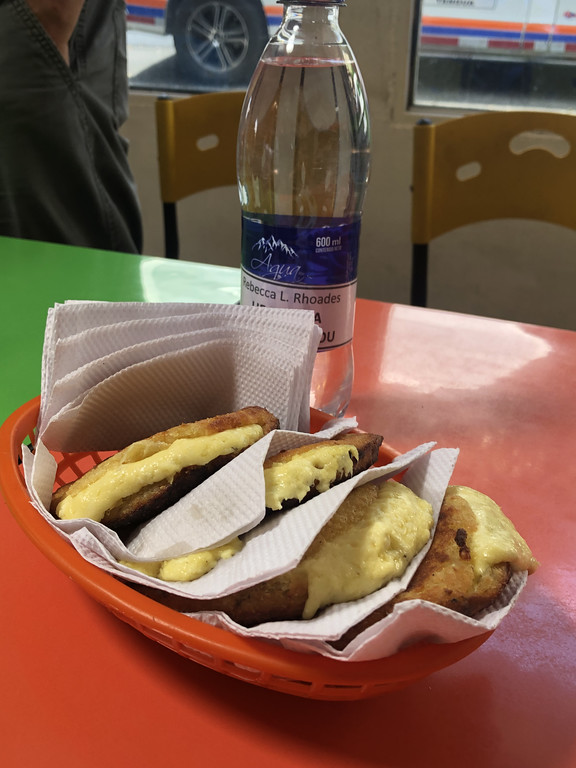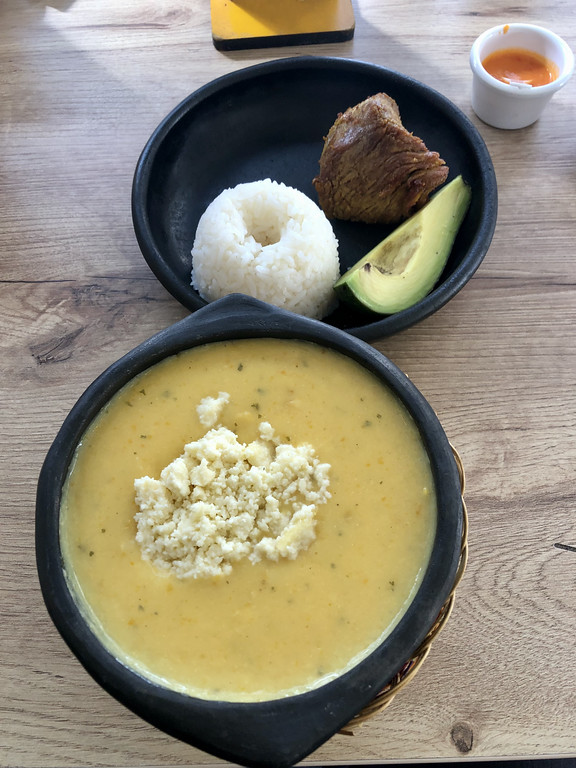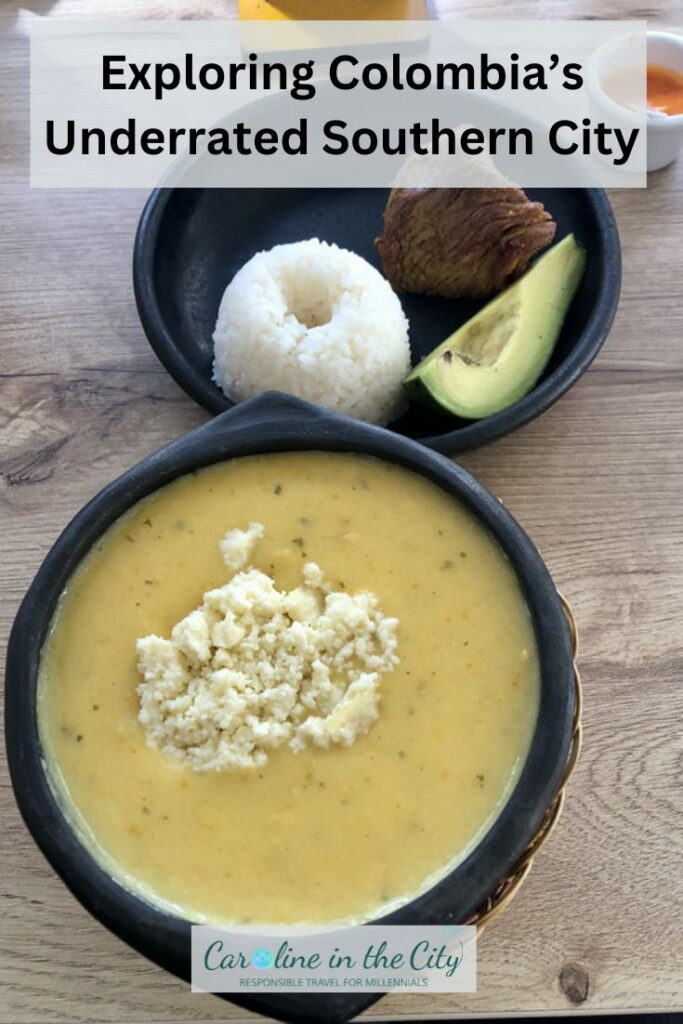
It’s now been a year since I returned from Colombia, but I’ve fallen behind in posts enough that there’s still more to cover! I joined a post-tour of the conference I attended to visit a place well off most travelers’ radars: Pasto, a city in the far south of the nation near the border with Ecuador.
I had no idea what to expect but started to get an idea as our plane descended upon what I later learned to be one of the toughest runways for pilots. My friends and I left ready to come back a few months later!
It was founded in 1537 and was the site of horrific battles during the War of Independence from Spain as this part of the country wanted to remain tied to Spain. These days, most travelers come from within Colombia and from Ecuador. But for travelers from other parts of the world, it’s well worth a visit.
This post contains affiliate links that can earn this website a small income. They will not cost you anything to use.
What to See in Pasto

After leaving the airport, our first stop was the Museo del Carnaval, which focuses on the Carnival traditions of the region, which take place every late December into January. It reminded me of Mardi Gras World in New Orleans with its colorful and over-the-top floats, but with many more guinea pigs included. If you get a chance to go to the event, you won’t soon forget it.
I also enjoyed touring Pasto’s cathedrals and the local market, but perhaps the best part of staying here was the day trips to places nearby like Las Lajas Cathedral, El Tulcan Cemetery, and Laguna La Concha, home to Colombia’s smallest national park.
Where (and What!) to Eat in Pasto



By the time I got to Pasto, I’d gotten used to the traditional Colombian fare, especially the ajiaco soup. But in the southern part of the country, we enjoyed a different range of meals from roadside stands where we watched the experts grill bread fresh in the oven and award-winning chef-driven restaurants.
I loved the cheese-stuffed arepa-type bites and the creamy corn stews. I had a killer burger and craft beer at Cerveza Castiza. But the biggest surprise was the multi-course meal at El Migrante, run by a local chef who returned home after years of working abroad. The menu includes modern interpretations of traditional dishes, paired with wine from around the world.
Where to Stay in Pasto

Because the tourism infrastructure is just starting to open to non-Colombian travelers, you won’t find big-name chains here at all. My group and I stayed at Hotel Cuellars, which was a fairly standard business hotel with breakfast included and a mini-bar-type snack setup.
We also got a tour of the brand new Hotel V1501, named for one of the nearby volcanoes. Every detail was about the area, with artwork inspired by the native bears that live nearby.
Would you travel to Pasto, Colombia?
PIN IT

Leave a Reply